I am just now beginning to learn the internal architecture of Java. I have roughly understood the concept of class loading which loads the required classes when jvm runs, ClassNotFoundException is thrown when a class is not found and specific class loader loads the classes referenced by the class.
Can someone please explain clearly the flow of class loading i.e. the sequence of bootstrap class loading and user-defined class loading in the sample Java code below.
import java.io.File;
public class Sample
{
public static void main(String[] args)
{
String fileName = "sample";
File file = new File(fileName);
file.isFile();
}
}
Also I learnt from a reference material that "classloader maintains the namespaces of the classes it loads". By namespaces, does that mean the literal names of the class? Also can someone please explain the implication/advantage of that?

